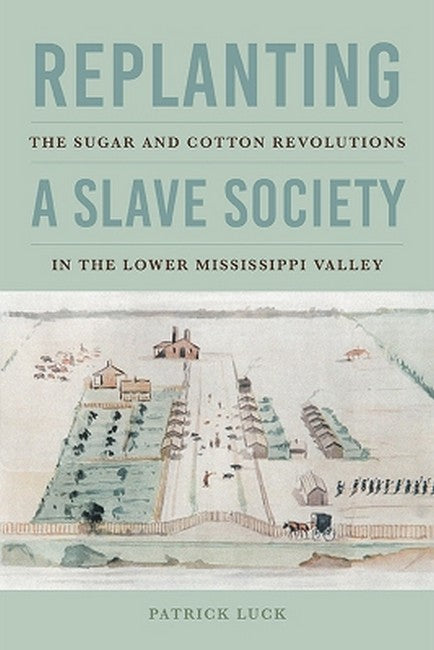Patrick Luck is Assistant Professor of History at Florida Polytechnic University.
Request Academic Copy
Please copy the ISBN for submitting review copy form
Description
Luck demonstrates how in a relatively short time [the region] became one of the centers of the 'second slavery' that would power the early nineteenth-century American South and display the features, such as reliance on staple crops and slaveholders' political influence, that would characterize it.--Journal of American History Thought-provoking, and a nuanced addition to the slavery and capitalism literature, made more impressive by the fact that Luck all but refuses to use the word capitalism anywhere in its pages (despite engaging with the new history of capitalism literature). By analyzing the emergence of cotton and sugar culture alongside each other, Luck brings together two crops that are often viewed on opposite sides of the dividing line of second slavery; and by demonstrating the interconnected and overlapping histories of the international and domestic slave trades, he blurs a traditional boundary used to demarcate first slavery and the supposedly more capitalistic second slavery within an American context. Just as important, he demonstrates that, at least in the lower Mississippi Valley, the slave society was something that had to be constructed, and not the inevitable result of capitalism's unstoppable progression.-- "Journal of the Early Republic" In a deeply researched and carefully crafted book, Patrick Luck explores neglected transitions, long overlooked by historians, that are essential for understanding precisely how planters, farmers, merchants, and political leaders together shaped the lower Mississippi valley into one of the world's most exploitative and brutal slave societies. And throughout this innovative analysis of technology, marketing, agricultural science, government action, and labor management, he never loses sight of their impact upon the lives of enslaved people. --Daniel H. Usner, Vanderbilt University, author of Indians, Settlers, and Slaves in a Frontier Exchange Economy: The Lower Mississippi Valley before 1783 Luck shows that not all plantation slave societies in the Americas followed the same trajectory; quite the contrary. He also shows how fast the transition was from dying slave society to a society on the make in Louisiana--about a decade by his calculation--all because of planters' speedy adaptation to sugar, cotton, and the internal slave trade. --Christa Dierksheide, University of Virginia, author of Amelioration and Empire: Progress and Slavery in the Plantation Americas Luck shows us how a group of enslavers helped actively drive emergent systems of global capitalism in the early nineteenth century, making the conscious choice to adapt themselves to the future, and the future to them. The research is deep. It will become one of the standard works on the emergence of the 'second slavery' in particular regions of the nineteenth-century Atlantic capitalist world. --Edward E. Baptist, Cornell University, author of The Half Has Never Been Told: Slavery and the Making of American Capitalism

